
Choosing the Best Commercial Microwave
Commercial microwaves are vital to nearly every foodservice operation, as they offer an expedited cooking method that saves time and improves efficiency. This microwave buying guide is designed to help you select the best microwave for your intended use. Be sure to check out our commercial microwave reviews as well!
Microwave Oven Wattage & Cooking Times
The two most important factors to consider when shopping for a commercial microwave are microwave wattage and usage level. These factors are closely related - the higher the wattage, the faster a microwave will cook. A dessert that takes 30 seconds to cook in a 1000 watt microwave might only need 12 to 15 seconds in a more powerful model.
The table below shows the approximate cook times for a baked potato. Any microwave can do the job, but for best results, select the wattage level that corresponds to your output level:
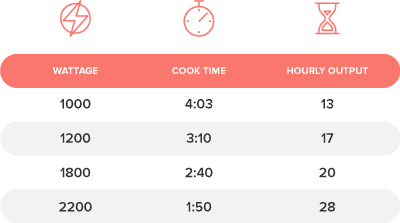
The graph illustrates microwave cook times for a baked potato based on wattage
Types of Microwaves
Commercial microwave types are defined by their usage level. Determining how frequently your kitchen will use a microwave in a day will help decide which type is best for your needs.
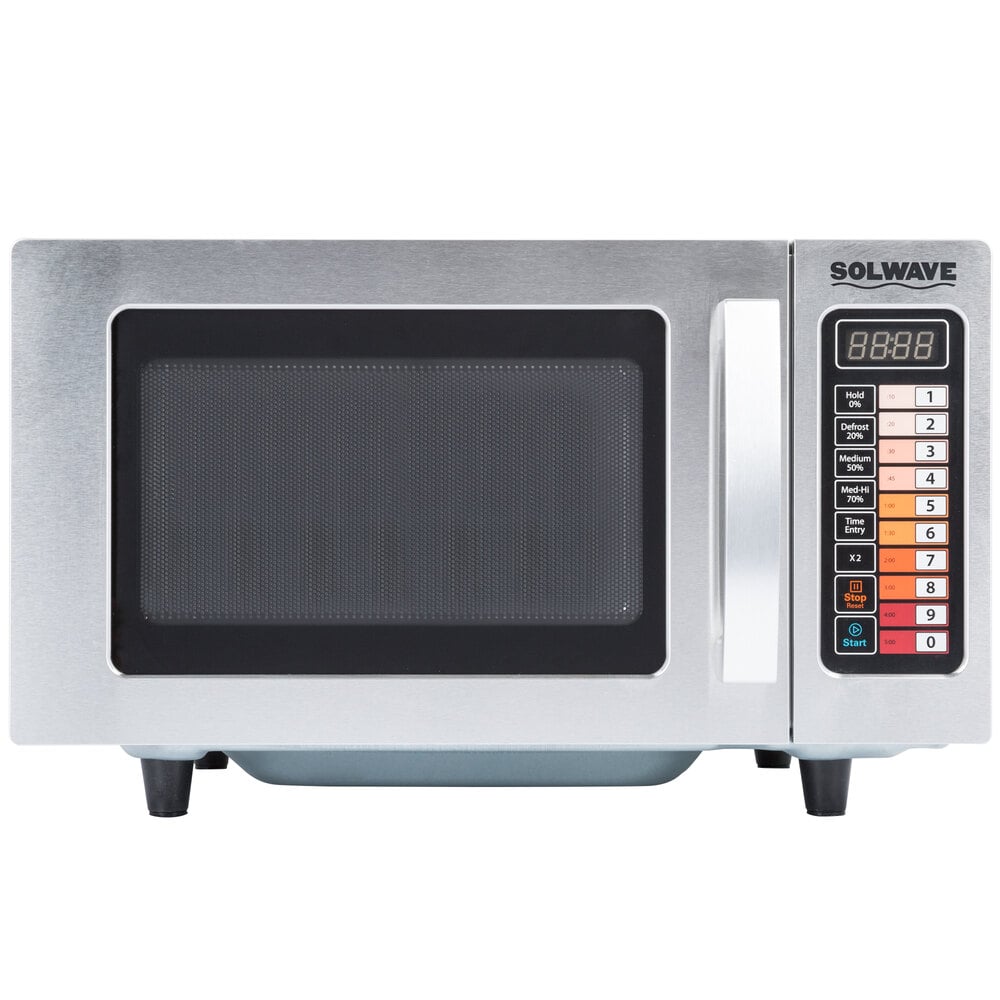
Light-Duty Microwaves
A light-duty commercial microwave (about 1000 watts) is great for establishments that utilize microwave cooking 50 or fewer times a day.
The following businesses would be better suited with a light-duty commercial model due to their increased durability and quality construction:
- Wait stations: occasionally warming desserts, rolls, soups, and beverages
- Break rooms: reheating lunches, beverages, and frozen meals
- Breakfast bars: heating the occasional muffins, oatmeal, leftovers, and beverages
- Concession stand: reheating food items that have been sitting out for a while
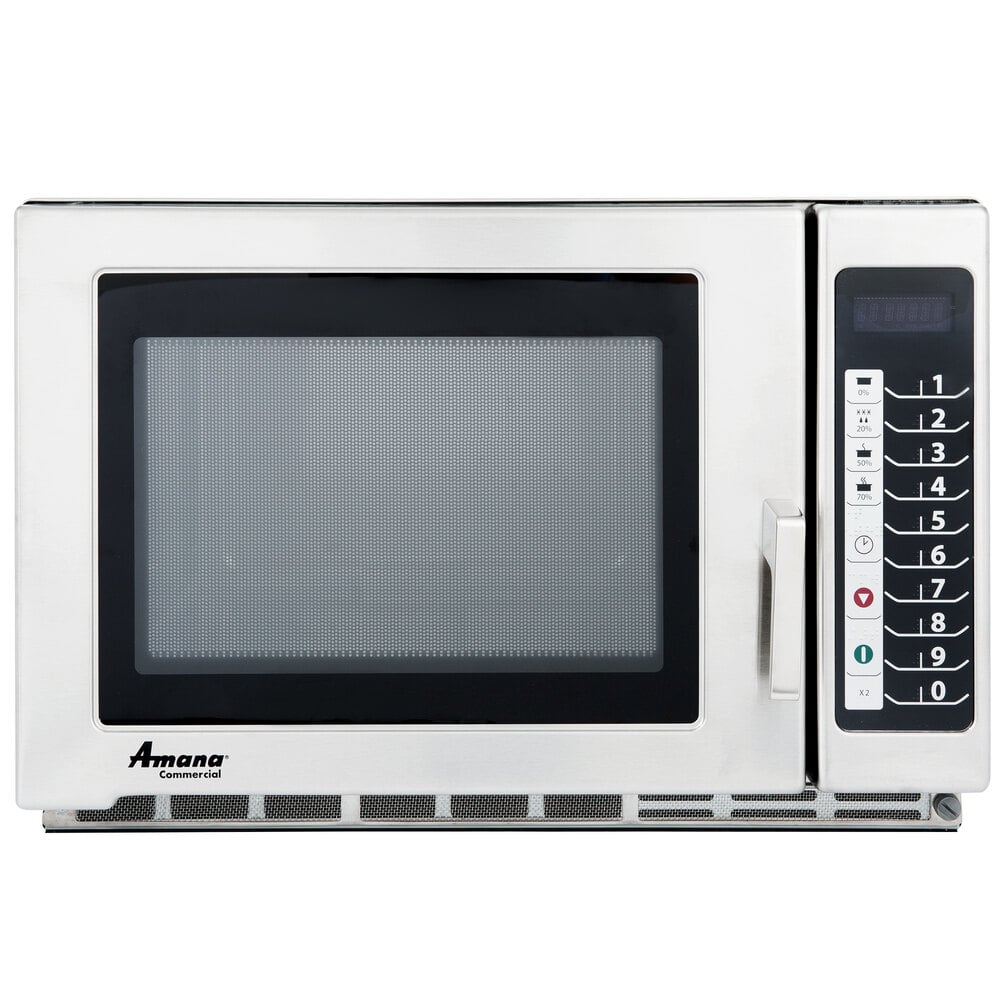
Medium-Duty Microwaves
Medium-duty commercial microwaves (about 1200 - 2000 watts) feature higher wattage to increase cooking speed and can be used up to 150 times per day.
They are well suited for places that were using a light-duty model but have seen an increase in demand, like:
- Convenience stores: heating sandwiches, snacks, and prepackaged foods
- Coffee shops/cafes: heating beverages, as well as a higher volume of baked goods and lunchtime items
- Bakeries: defrosting some frozen items, melting butter, quick baking of select items
- Kitchen/back-of-the-house: warming soups, sauces, and appetizers
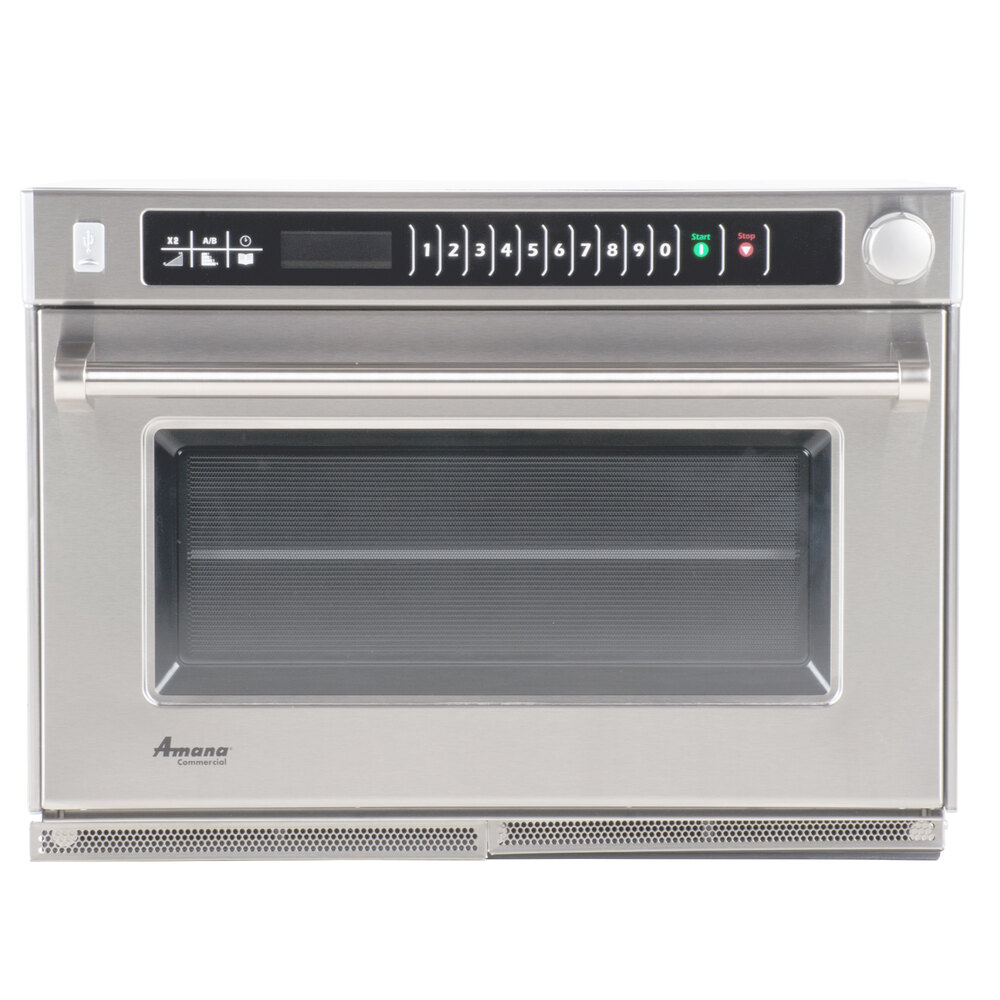
Heavy-Duty Microwaves
Heavy-duty commercial microwaves (about 2000 - 3000+ watts) are quick, durable, and built to handle the demands of fast-paced establishments. They can be used 200 times or more each day.
These qualities make them perfect for the following types of locations and businesses:
- Kitchens/back-of-the-house: steaming seafood and vegetables; defrosting or heating entrees; melting cheese
- Quick-serve restaurants: high-speed, high-volume heating of entrees where fast turnaround times are needed
- Cafeterias: quickly heating large portions; continuous holding to reduce waste
- Catering companies: quick heating and cooking of mass-produced products
Choosing the Right Microwave Size
Another important factor to consider is a microwave's physical size. The interior cavity needs to be able to accommodate your dishes and food items. As microwave wattage increases, size will often increase as well. However, you can still find ovens with cavities that are 0.6 and 1.5 cubic feet in size even when using a light-duty model.
Microwave ovens can range from as small as 13-16" wide to heavy-duty models being larger than 2' wide and deep. An important rule of thumb to remember is that your microwave should have at least 2" of clearance on all sides to ensure proper ventilation, which will reduce the need for maintenance and extend the unit's service life.

- Accommodates most high-temperature food pans in 1/4 and 1/6 sizes
- Fits small plates, bowls, ramekins, mugs, and measuring cups
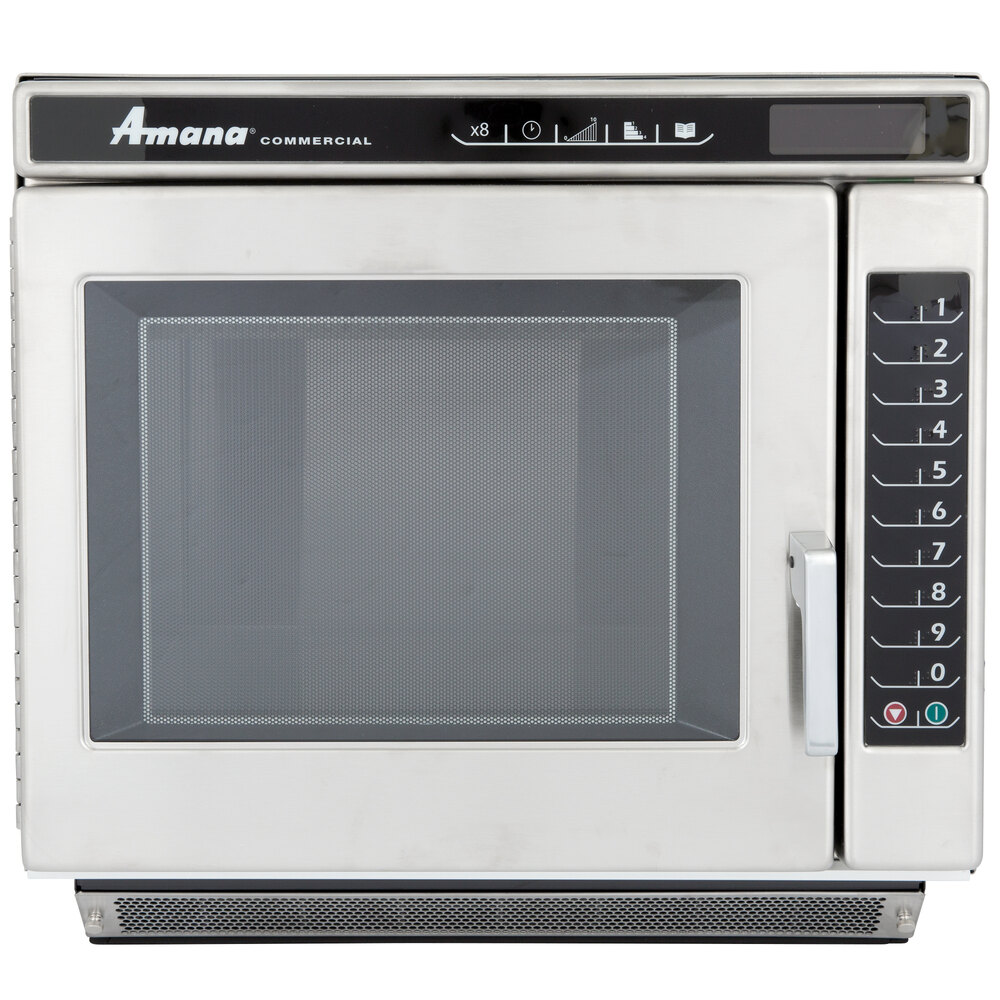
- Accommodates most high-temperature food pans in 1/3 and 1/2 sizes
- Fits medium-sized plates, microwavable containers, and bowls

- Accommodates most full-size high-temperature food pans
- Fits most standard plates, dishes, and pans
Types of Microwave Controls
Once you've chosen your ideal wattage and perfect size, the next step is to decide whether a dial or push button control model is best for your needs and budget.

Dial Microwaves
- Ideal for the budget-conscious customer
- Clearly marked with time increments
- No times are able to be saved or pre-programmed
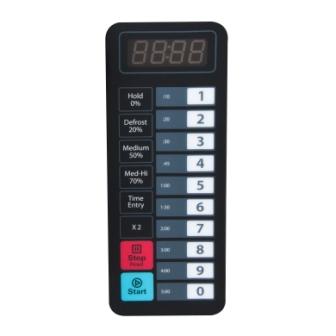
Push Button Microwaves
- Generally more expensive than dial models
- Can program specific times into the unit
- Often have the memory to accommodate dozens of recipes
Common Microwave Features
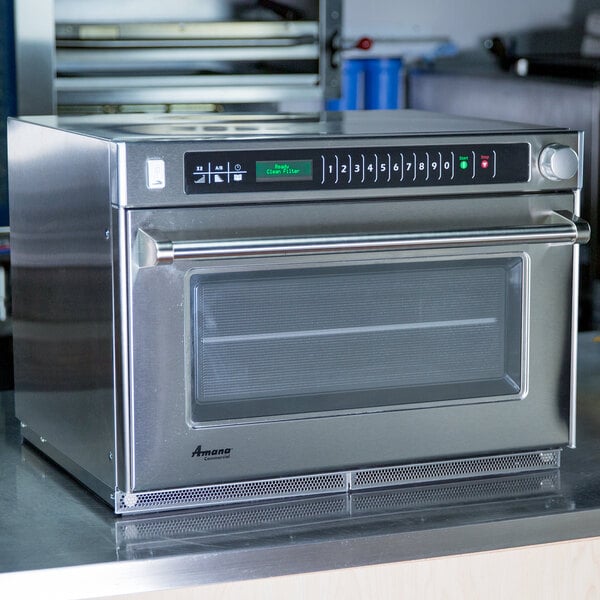
Digital Display
Easier for the end-user to use

Programmable
Come with memory systems that can internally store different recipe settings
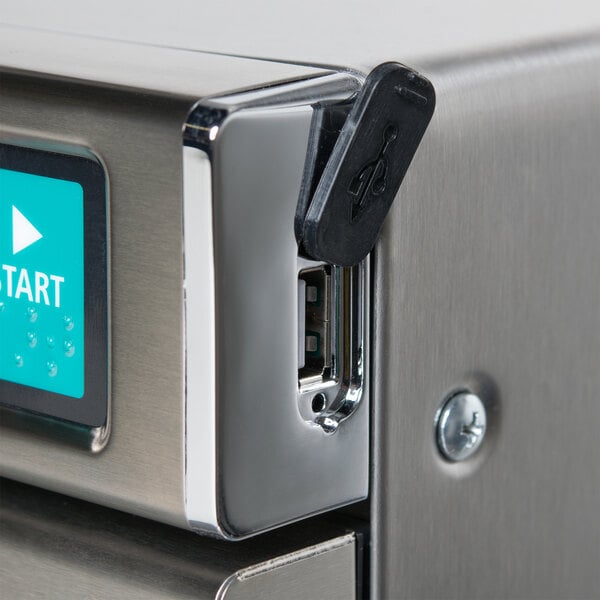
USB Ports
Allow you to save, access, and download all of your saved programmable memories
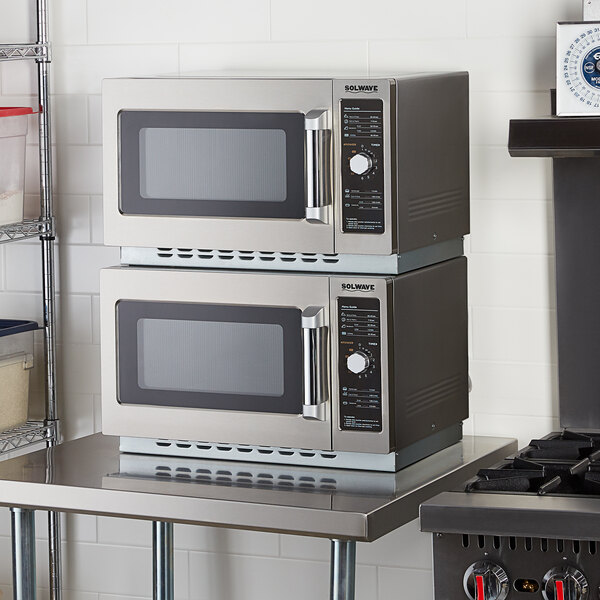
Stackable
Pros and Cons of Microwave Cooking
Benefits of a Commercial Microwave
- Microwaves provide fast, efficient, and versatile cooking options in a small amount of time.
- Commercial microwaves and many hybrid models, like rapid cook ovens, do not require a ventilation hood, making them quite versatile.
- Microwaves are beneficial to larger operations, as they're good for reheating and cooking a variety of products.
- Microwaves are also useful for quick defrosting, which is beneficial for when you can't wait hours for products to defrost in the fridge or under running water.
Disadvantages of a Commercial Microwave
- Because of the way microwaves work, it is easy to overcook products if not careful. Proper timing and container ventilation are vital.
- Microwaves can also cook unevenly, which leads to undesirable cold spots. Many foods must be stirred at regular intervals.
- Rapid heating can also alter a product's taste and texture when compared to cooking in a typical oven.
- Prolonged microwave cooking can be energy inefficient when compared to conventional ovens.
Microwave Tips and Best Uses
- Spread food evenly across the plate or dish it is being microwaved on to distribute heat more uniformly throughout the product.
- Use a fork to pierce potatoes, hot dogs, and other foods with skins before microwaving. This allows steam to escape and reduces the chance of the item bursting open.
- Pause the microwave to stir and rotate food that is cooking or defrosting. This helps to eliminate cold spots and keep all food at a safe temperature. For large items, flipping them over partway through cooking can help to distribute heat evenly.
- Loosely cover foods in the microwave. This allows steam to escape but limits splattering and keeps the interior of the unit cleaner.
- Make sure that you are using microwave-safe containers. Not all plastic products can be heated in a microwave, and some will melt.
- Listen for any peculiar noises coming from the oven. If you hear any banging, grinding, scraping, or other uncharacteristic sounds, contact the manufacturer or your preferred technician to get it checked.
- Never use metal pans, utensils, or tinfoil in the microwave unless you have a special hybrid unit that explicitly states it is compatible with metals. Most are not, and using metal may start a fire.
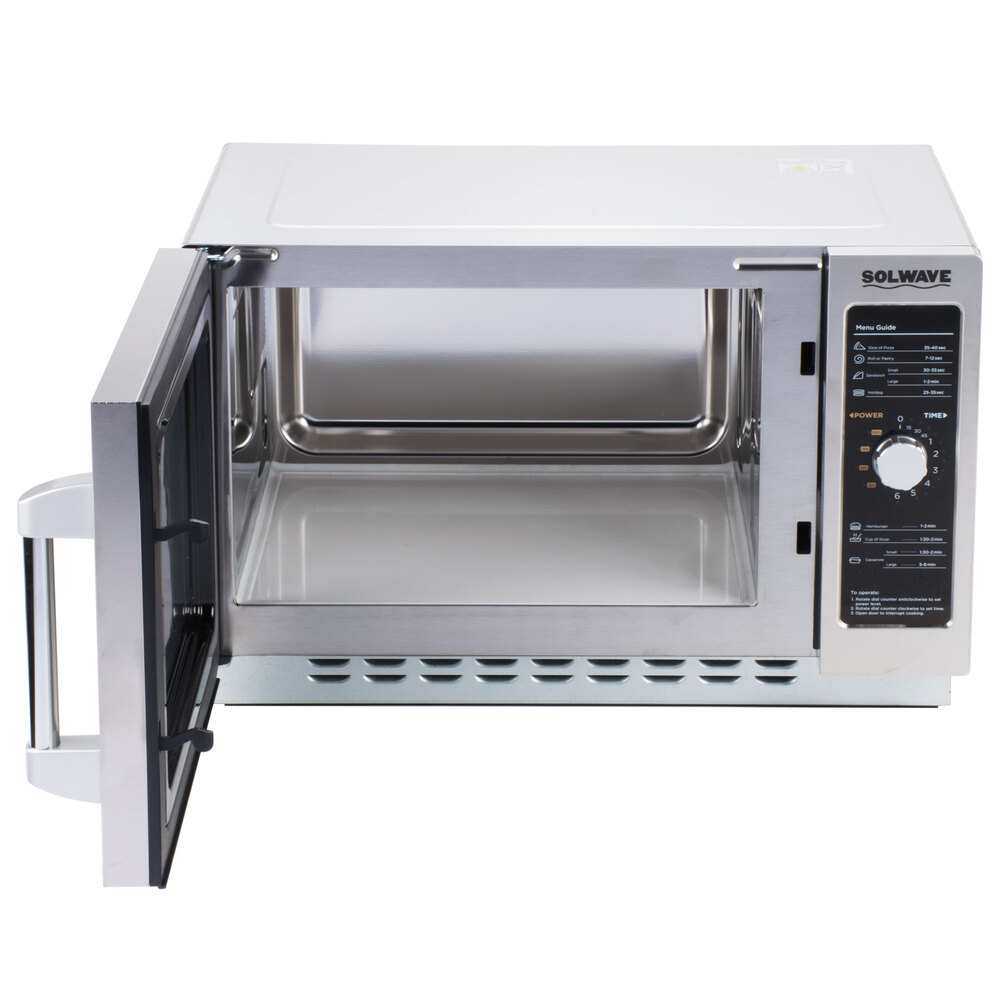
How to Clean a Microwave
- Microwave a bowl of water by itself to create steam that will loosen baked-on particles, which are likely a result of spattering due to improper ventilation during the heating process.
- Remove the loosened particles easily with a soft cloth or sponge and hot, soapy water.
- Apply a sanitizing solution like Noble Sani 512 to the interior surface. This sanitizer is safe for food-contact surfaces and can be easily sprayed onto the microwave and wiped off after 10 minutes.
While maintaining the interior is vital, you’ll want to keep a consistent eye on the microwave’s exterior, too. Follow the below steps for how to clean the outside of a microwave:
- Above all, inspect the unit’s ventilation holes or grills for built-up dust or grime, which can cause the microwave to overheat.
- Take a clean, dry cloth and wipe away as many particles as possible.
- Soak a separate clean cloth in warm water, then fill up a spray bottle with white vinegar. Saturate the cloth with vinegar, then wipe down any areas on the microwave laden with grease or other grime.
- Lastly, finish the process by taking another cloth, soaked in warm water, and wiping away any vinegar residue, which can cause corrosion if left sitting for too long.
Related Resources
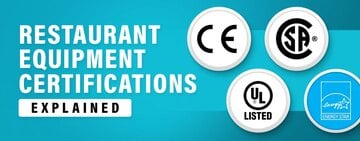
Restaurant Equipment Certification Marks Explained
In the foodservice industry, sanitation and safety are extremely important. To keep equipment operators and end consumers safe, several certifying and testing agencies exist to work with manufacturers and verify that the restaurant equipment and smallwares they produce meet specific requirements. You can recognize products that meet these requirements by certain symbols found on the equipment or in its specification sheet. We will discuss some of the most common third-party testing agencies and directives, their importance, and how they may affect your business.
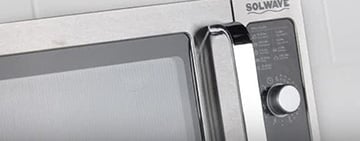
Commercial Microwave Reviews
Whether you run a small concession stand or a large scale restaurant, our commercial microwave comparisons will help you make the right decision. Different sizes and strengths allow our selection to fit into any kitchen. Light duty models are great for break rooms and less frequent use while our heavy duty selections can fit up to two full size pans! No matter your needs, by comparing our commercial microwave reviews, you will be able to select the best option for your business.
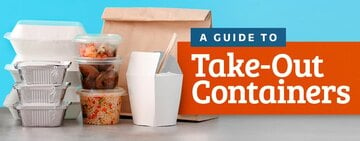
Disposable Take-Out Containers Guide
High-quality disposable takeout containers are essential for packaging up your delivery menu , merchandising your products, and operating a drive-thru . Their value isn't just in storing food; takeout containers keep food sanitary and preserve food-safe temperatures. We help you choose the best takeout packaging for your business so you can protect your products and display them for sale. Shop All Takeout Food Containers
- Topics 1356
- Industrial 55
- Troubleshooting Guides 21
- Restaurant Management 128
- Bar Management 56
- Catering Tips 36
- Bakery Management 42
- Food Trucks & Concessions 49
- Advertising & Marketing 37
- Eco-Friendly Tips 11
- Facility Layout & Design 42
- Coffee Shop Tips 28
- Installation & Maintenance 51
- Janitorial & Pest Control 30
- Safety & Sanitation 88
- Startup Tips 104
- Menu Design 10
- Kitchen & Cooking Tips 83
- Hospitality Management 24
- Pizza & Sandwich Shop Tips 36
- Smallwares 37
- Food Prep 89
- Tabletop Items 17
- Disposables 22
- Calculators & Tools 6
- Consumables 52
- Warewashing & Laundry 19
- Cooking Equipment 91
- Food Storage & Refrigeration 51
- Beverage Equipment 35
- Office Supplies 6
- Resource Type
- In-Depth Articles272
- Buying Guides298
- How-Tos95
- Product Reviews78


